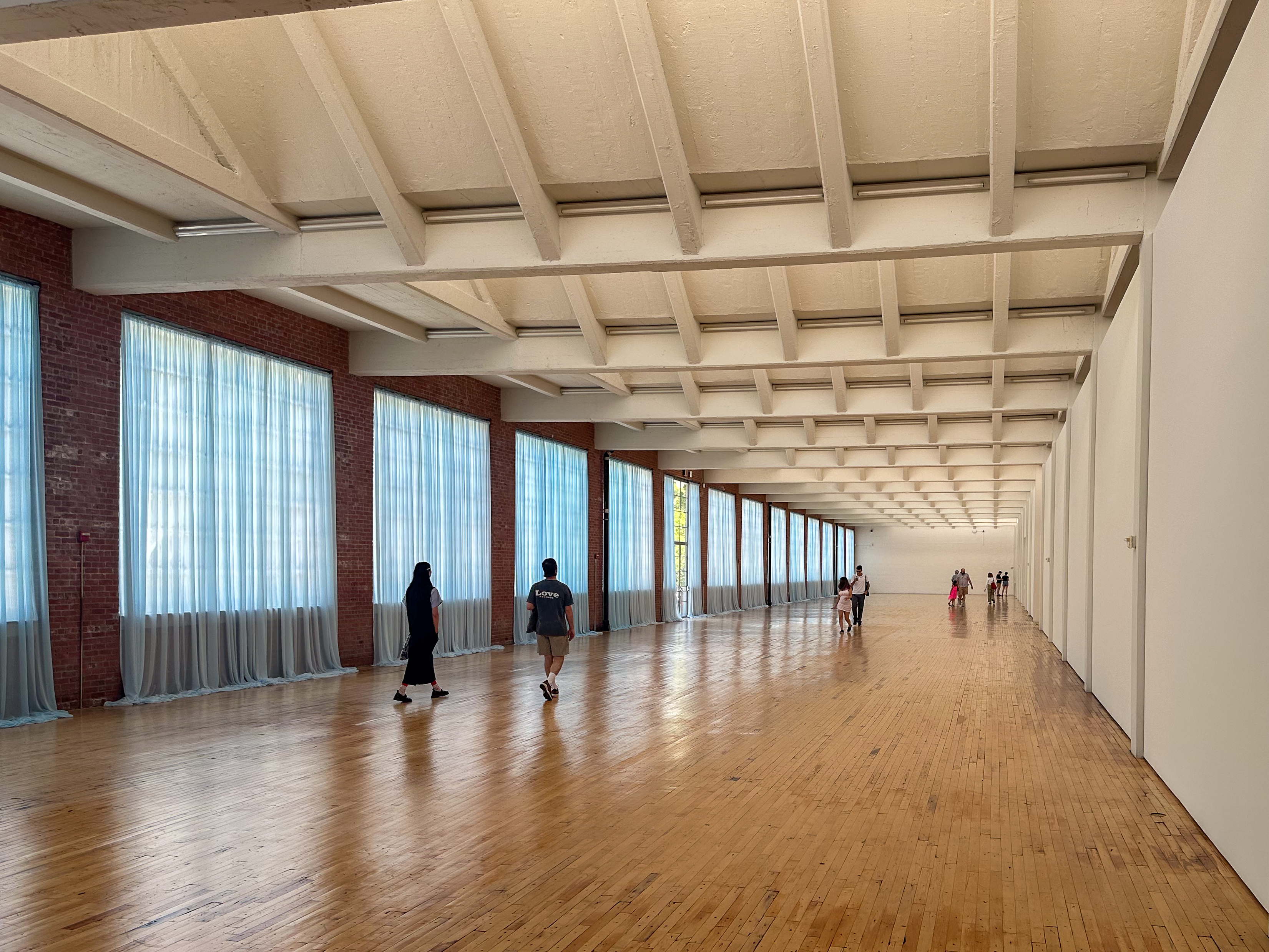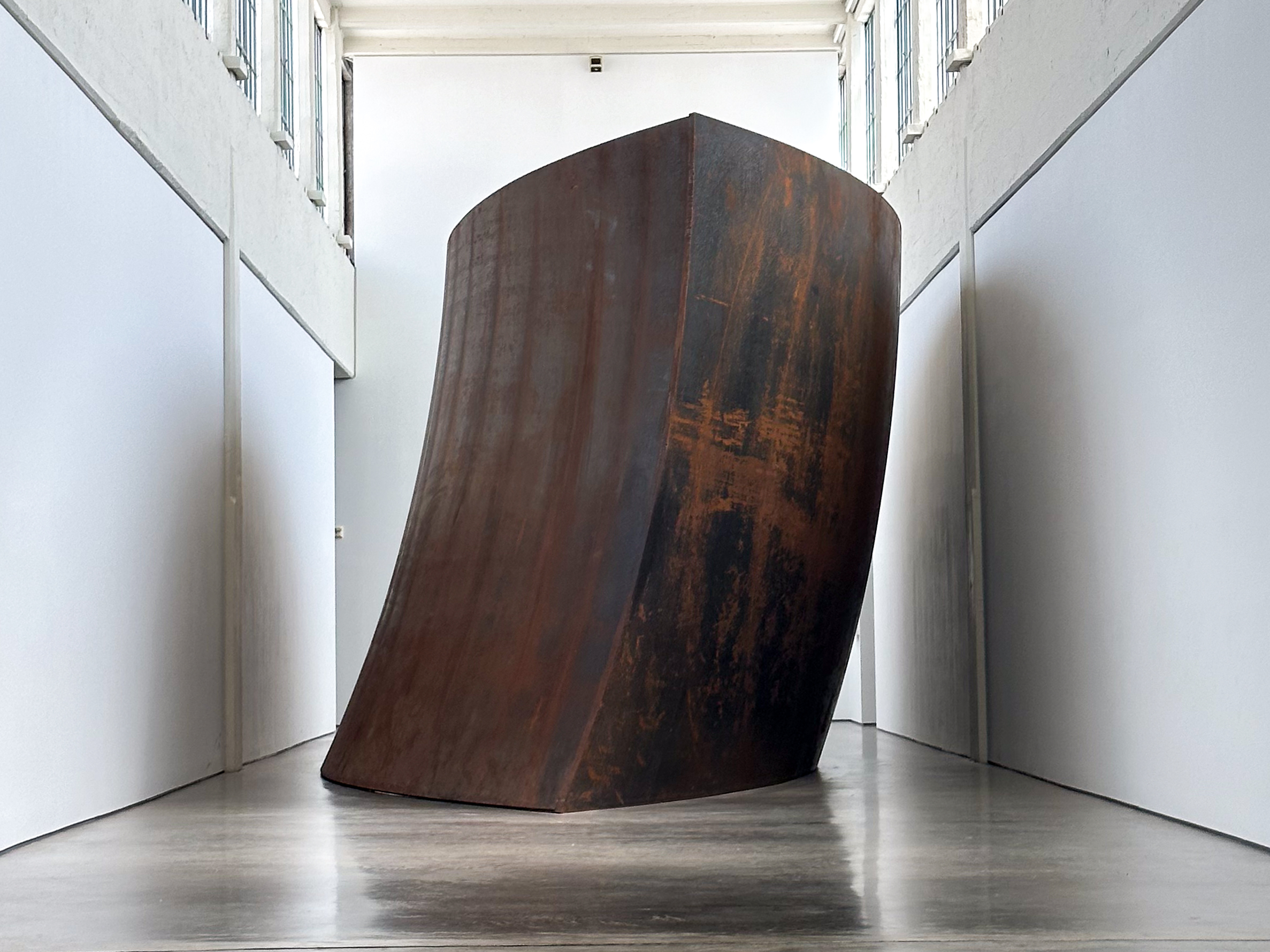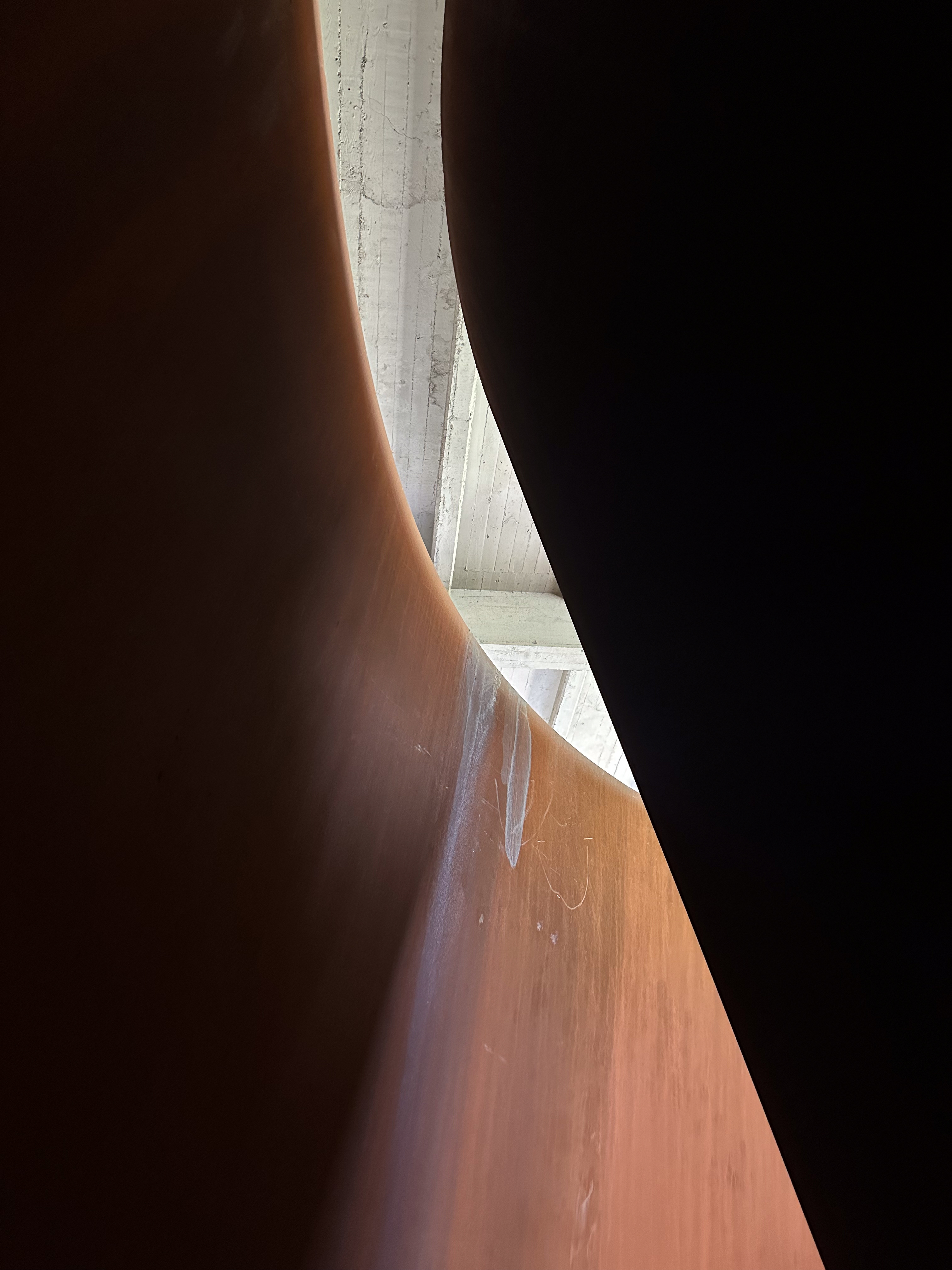Dia:Beacon and Richard Serra’s Torqued Ellipses
A couple of weeks ago I drove my family an hour south to Beacon, where we planned to visit a great toy store, see some friends who live there, and visit the Dia Art Foundation. I first visited the Dia on a trip to the US in 2012, and have thought about it often since then. It must have had an impact on me because I enrolled in my post-graduate art degree the following year.

It was the Dia that introduced me to the work of Agnes Martin, Louise Bourgeois and, amongst many others, Richard Serra who passed away earlier this year. Serra’s monoliths are undeniable and stand up to the expansive architecture of the gallery, which I find is often more affecting than the work it holds inside it. One large oxidized steel Serra sculpture occupies a room so completely that visitors are forced to squeeze past it, almost hugging the walls.

The Torqued Ellipses are housed in a cavernous warehouse-type space with plenty of room to move around them, and the feeling of these works is different—welcoming in contrast to the former’s impenetrability. Serra invites us inside the high walls through openings and maze-like passages, to the center of the ellipses, where we are privy to a world seen through the lens of the work. The ceiling of the hall is sliced and framed by sweeping arcs of steel, and sound is altered by the strange acoustics of the sculptures’ internal spaces, with the footsteps of strangers seeming to originate inside your own head, whilst sneakers shriek and conversations held in different languages echo and collide, familiar only in their intonations and rhythms.
I had the idea to record the ambience inside the Torqued Ellipses before we made the trip, so I was prepared with my microphones and recorder. My mics (DPA 4060s) were clipped to either side of a black shoulder bag in order to remain inconspicuous, and I was able to capture some interesting moments, though my time was limited as this wasn’t a dedicated field recording trip. Hopefully soon I’ll have a chance to edit and upload some of the audio.

I’m looking forward to going back when I can listen to the different spaces over a longer period and be more intentional with my mic positioning, and I’d love to use a LOM Geophone (if I can get my hands on one) to record the singing of the sculptures themselves. I find more to love in these works, and at the Dia, with each visit I make. I’m sure it will be a place I return to regularly over years to come.